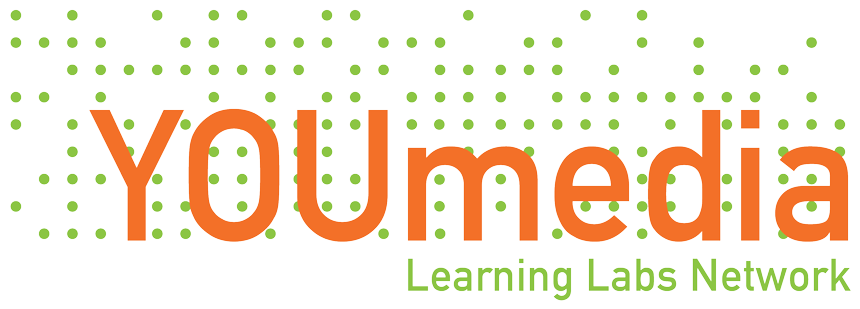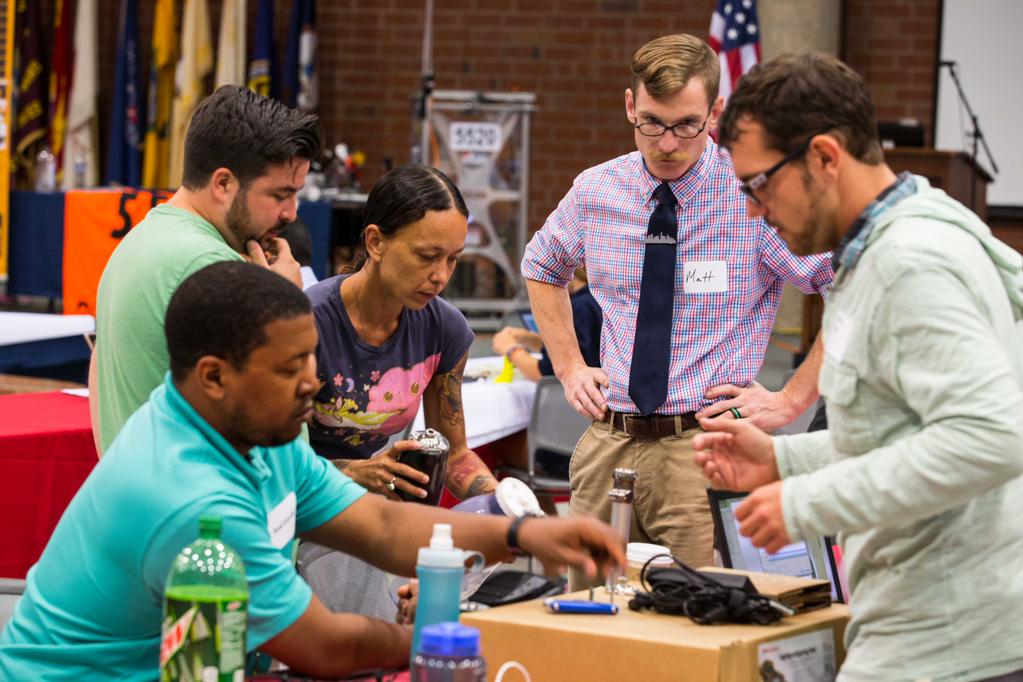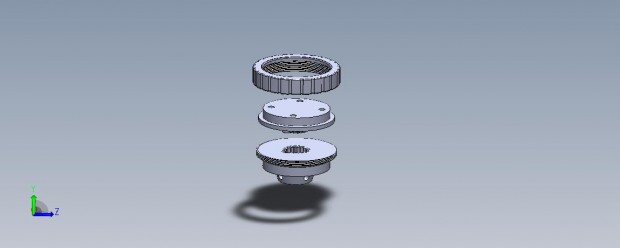When you think of a team that has won $20,000 in a Make-a-thon for prosthetics and assistive technology, you wouldn’t expect that the team consisted of three teens, an educator, and an engineer. You also wouldn’t expect that they would immediately release their ideas as an open-source project, enabling doctors, researchers, and industrial designers to bring the team’s creation rapidly into market, potentially changing the lives of thousands of people, including Veterans, who live with prostheses.
Matthew Baker, the Outreach Education Coordinator and MiX Master at The MiX, The Science Museum of Virginia’s YOUmedia Learning Lab, explained the different “tracks” that the teams had to choose from, each represented by a veteran with a specific challenge. One veteran wanted to ride his Harley again and needed a specific prosthetic device to do so because he was missing his right arm. Another veteran with essential tremors wanted a device that would help her dampen those tremors and make it possible for her to put on makeup or button her shirt more easily. Lisa Marie Wiley, a 10th Mountain Division soldier, lost much of her lower left leg to a landmine while serving in Afghanistan. She had come to the Make-a-thon at the Hunter Holmes McGuire Veterans Administration Medical Center to describe the problems with her multiple prostheses. Changing between prostheses (e.g., Running foot, pivot foot, walking foot, high-heeled foot) is difficult and time-consuming. It requires tools like Allen wrenches, and is expensive due to carbon fiber sockets costing anywhere from $10,000 to $30,000. “She has over 15 socket/feet attachments!” wrote Baker, few of which are compatible with each other. Her challenge to the competitors was to develop a device using 3D printing to standardize the sockets for her multiple prostheses, and to develop a system to easily switch between the various “foot” attachments.
The time frame to develop and prototype their idea from beginning stages to prototype using 3D design and printing? Two full days. Matthew worked with teens Mihir Shelke, Jason Suh and Ausvin Khanna, and a Nuclear Engineer, Matthew Kelly. He described the team’s process and the final results below.
How did you begin? Can you describe your process?
We began the first day by hearing from the Veterans about the challenges they faced and the designs/devices they wanted to see come out of our two days of work. After hearing all of these challenges, participants in the Make-a-thon gave “pitches” briefly explaining which problem they wanted to take on, why, and who they might want to join their team (“we need an engineer” or “we need someone who has CAD experience”). Nobody was really clamoring for an Outreach Educator but I joined a team of like-minded folks who wanted to solve the quick connect/disconnect prosthetic coupler challenge posed by Lisa.
The first day we worked for 12 hours, alongside about fifteen to eighteen other groups, and we started by brainstorming ideas for how our coupler would work and what it would look like. Of course, we also had to think about the resilience and strength of the design’s structure because of the constant pounding the coupler would take on a daily basis. After several iterations we decided on a final design concept. We spent the rest of the day working on the CAD design (Matthew Kelley took that on and has some seriously amazing skills with SolidWorks) and getting our presentation for Day 2 started. I took on the role of documentarian and mentoring the teens on the creation of our presentation. We decided as a group that they should be the ones to present our idea. This process was truly collaborative and iterative and we came upon our final design by pulling features from all of our different ideas.
What was the most difficult challenge of the design?
Lisa is only 5ft and weighs 100 lbs, so she wears a child’s size prosthesis essentially. So we only had about three-eighths of an inch to work with when thinking about the height of our final coupler design.
What was it like for the teens (and you) to get the chance to develop something for the “real world?” Has this changed the teens’/your perception of the power of 3D printing?
It really shows how 3D printing can be used to prototype medical, prosthetic, or assistive devices. If those devices are then made open-source (like everything that came out of this Make-a-thon) it allows other smart people out there the ability to improve and experiment with other designs. It’s cool to think that using 3D printing we may have gotten the ball rolling on a design that could help amputees everywhere.
Expanded view of the completed design. Image courtesy of Matthew Baker
How was the response to your design?
The most exciting part is that our design for this simple quick connect/disconnect apparatus won the grand prize! $20,000 dollars awarded by Google.org.
The team’s 3-piece design has been released as both Creative Commons and open-source, with the team having already submitted their concept to the National Institutes of Health’s NIH 3D print exchange, a website and platform where anyone can share, remix, and hack 3D models specifically created for biomedical science. This means that the design that Matthew and the team created is free and open for anyone (and invites other people) improve upon. More immediately, doctors at Walter Reed will be tweaking the prototype and developing it for mass production for amputees on a much larger scale. Baker described the lesson in Connected Learning that the Make-a-thon provided not only for the teens, but for their YOUmedia space: “This Make-a-thon is a great example of what we strive for in The MiX and across the YOUmedia nation; collaboration, using technology to promote civil engagement and social change, and mentoring our teens to help them realize their potential.”
Top image from the US Department of Veteran Affairs @DeptVetAffairs
Original Post/UpNext: The IMLS Blog



Leave a Reply